If we consider what are the most beautiful villages in Spain, without a doubt one of them and the prominent place is Santillana del Mar.
Indeed, for many decades now this corner of Cantabria It is one of the most emblematic images of what we consider a charming town.
But of course, to Santillana del Mar The same thing happens to other cities or towns in the world that have long been known for their beauty.
I mean that they suffer the consequences of a excessive influx of tourists, which is understandable precisely because of its great charm.
That's true, but it only happens at certain times of the year, specifically, during summer vacation times, eastern y Christmas, and on weekends and holidays.
For years I have visited several times Santillana del Mar, and I can assure you that, out of holiday season and during the week, you can walk through its streets practically alone.
Now I have recently returned to Santillana del Mar, precisely with the idea of checking to what extent a large influx of visitors can be found.
I made this last visit on a Friday afternoon at the beginning of August, and yes, there were quite a few people, but that was not an impediment to enjoying a nice walk through its cobbled streets.
All the information in detail
- 1 Where is Santillana del Mar
- 2 Curiosities about the history of Santillana del Mar
- 3 The best things to see and do in Santillana del Mar
- 3.1 Santillana del Mar laundry and watering hole
- 3.2 Collegiate Church of Santa Juliana and the Lignum Crucis
- 3.3 Velarde Palace in Renaissance style
- 3.4 Jesús Otero Museum, sculpture collection
- 3.5 Palaces in Plaza Mayor of Santillana del Mar
- 3.6 Peredo Barreda Palace, cultural center
- 3.7 Regina Coeli Diocesan Museum, religious art in Santillana del Mar
- 4 What to eat in Santillana del Mar
- 5 Map: how to get to Santillana del Mar
- 6 Photos of Santillana del Mar
Where is Santillana del Mar

If you do not know Santillana del Mar, I can tell you that it is a town of just over 4.000 registered inhabitants, which is located near Torrelavega, just half an hour by car west of Santander.
Santillana del Mar It is also an essential destination if you want visit the museum and neocave of Altamira, whose facilities are located just two kilometers from the town.
It is also a ten-minute drive from the coast, specifically from the also tourist town of Suances.
Curiosities about the history of Santillana del Mar
In view of your visit, I tell you what the typical town of medieval origin where you will walk through cobbled streets those who look out stone houses and various palatial buildings.
You will also find churches and convents that reflect a flourishing era in their past.
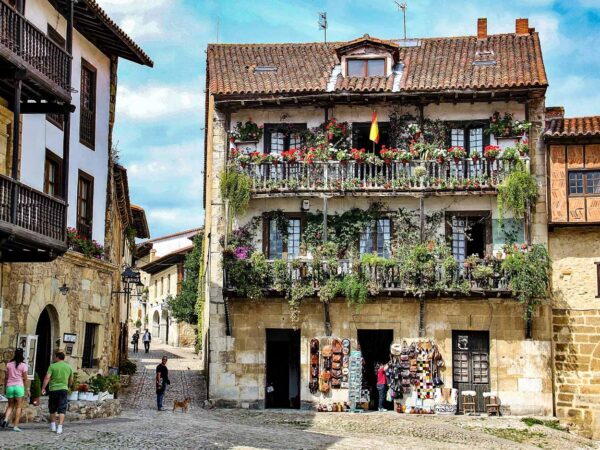
Its origins date back to the 8th century, when a group of monks carrying the relics of a martyr called juliana They settled in this area near the village of Planes.
There they built a small hermitage in whose surroundings they began to build houses for farmers.
From the year 1100 the abbey began to have a great economic expansion thanks to royal privileges and donations, and at this time Santillana began to be known as a stopping place for pilgrims heading to Santiago de Compostela.
It was in 1209 when the King Alfonso VIII granted the jurisdiction to Santillana.
Over time, and after the decline of the abbey, the town was handed over to the first Marquis of Santillana.
The best things to see and do in Santillana del Mar
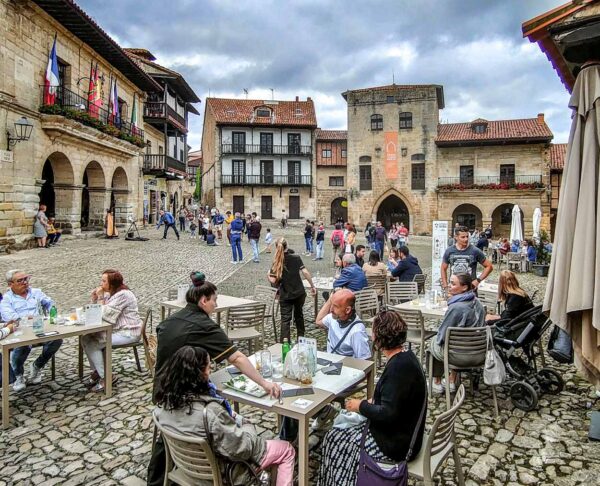
Nowadays Santillana del Mar is a really touristy town, where from the charm of its cobbled streets and its stately buildings, you will find a great offer of hotels, restaurants y craft and souvenir shops.
And in addition to the heritage places that you can visit, you also find small museums and exhibition centers of the most varied themes.
When you arrive by car to Santillana del Mar, the first thing you should do is leave it in one of the several parking lots around the historic center and from there walk to it.
ORGANIZE your TRIP
- Don't forget your TRAVEL INSURANCE with a 5% discount
- Book the HOTEL for your trip
- RENT a CAR for your trip
- The best TOURS and EXCURSIONS in Spanish
- NO-LINE TICKETS for museums and monuments
- Best FREE TOURS around the world
- Book your TRANSFER from the airport
- eSIM card with INTERNET at the best price
La visit of Santillana del Mar It is relatively simple, because starting from the road that crosses the center of the town, there are three cobbled streets that run in parallel towards the square where the Collegiate Church of Santa Juliana.
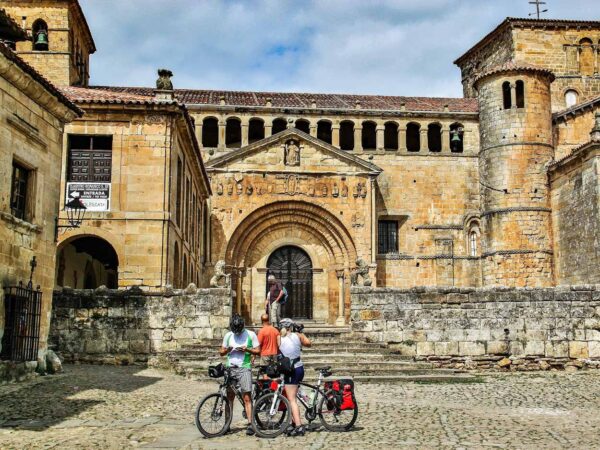
My advice would be to go down the central street of the three, the one known as race street, because in this way you will advance until you find the aforementioned collegiate church in front of you.
Santillana del Mar laundry and watering hole
When you arrive at the collegiate church, you will find yourself before the laundry and water trough whose origin is from the 16th century, and whose image in front of the collegiate church is the most photographed in the town.
Collegiate Church of Santa Juliana and the Lignum Crucis
La Collegiate Church of Santa Juliana It dates back to the expansion from the 12th century onwards of the old monastery that was the origin of the town.
It is a building romantic style which shows a very beautiful main façade that is preceded by a large atrium.
The decoration of the capitals and the images of the frieze stand out on the cover.

In its cloister you can also see floral and geometric decorations on its columns, highlighting the arches on double columns.
El main altarpiece of the collegiate church It is from the end of the 15th century mixing styles flamboyant gothic y plateresque.
It should be noted that in the Collegiate Church of Santa Juliana you can see a relic of Lignum Crucis.
This is a supposed piece of the Cross of Jesus Christ) which was delivered in 1425 by the abbot of monastery of Santo Toribio de Liébana so that the pilgrims did not have the need to travel to said place in the Lebaniego road.
Velarde Palace in Renaissance style
In the square behind the collegiate church you can see the Velarde Palace, example of the Renaissance architecture in Santillana del Mar.
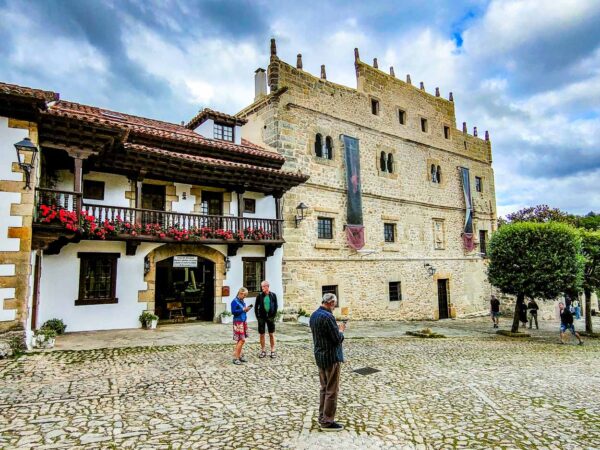
From the mid-16th century, its façade features a plateresque balcony, and you can visit its interior.
Jesús Otero Museum, sculpture collection
In the square where the aforementioned watering hole is located, you will see a small door that gives access to a garden where you can see some sculptural works.
This is the Jesus Otero Museum, the result of the donation of his artistic work to the town where he was born by the aforementioned sculptor.
This museum that you can visit free houses some 50 sculptures by Jesús Otero.
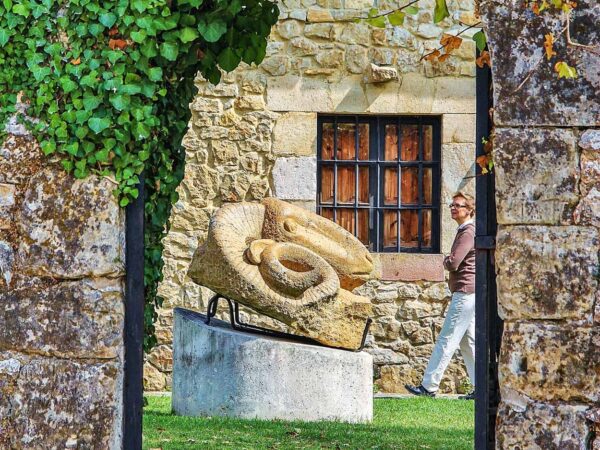
Palaces in Plaza Mayor of Santillana del Mar
La Plaza Mayor It has a triangular shape and is surrounded by palatial buildings and terraces of bars and restaurants on its cobbled road.
Addition Santillana del Mar Town Hall, highlight the Tower of Don Borja from the 15th century, which is now an exhibition center that houses one of the most important private collections of contemporary Spanish art in the country.
Here you can sign up for one complete tour of Santillana del Mar with a duration of two hours, and here you have other options of tours and activities in Santillana del Mar and surroundings, including guided tour of the Altamira Neocave
You can visit it by signing up for free guided tours one hour long.
Don't forget your Travel Insurance
Are you organizing your trip or getaway? Don't leave without take out your travel insurance before, and here we explain why. If you hire it with us, you have a 5% discount
It is also worth mentioning the Eagle House which is now a ethnographic museum, and the Vine House, both built between the 16th and 17th centuries.
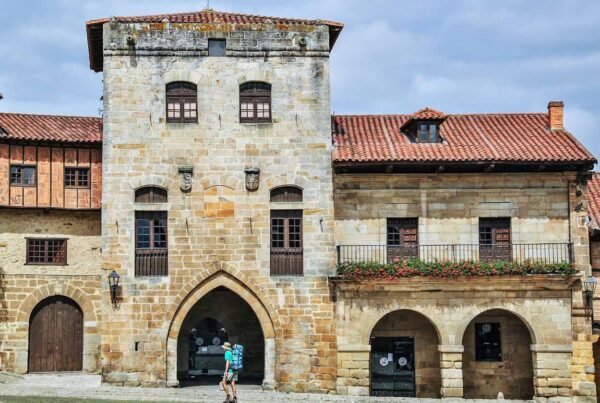
In front of her is the Parador de Turismo de Santillana del Mar.
Peredo Barreda Palace, cultural center
Among the various palatial buildings of Santillana del Mar, it is also worth highlighting the Peredo Barreda Palace, which is now the headquarters of the Caja Cantabria Foundation.
Built in 1700, it is now its modern Cultural center with a permanent exhibition that highlights its library, furniture and neoclassical paintings.
Regina Coeli Diocesan Museum, religious art in Santillana del Mar
Another museum worth highlighting is the Diocesan Regina Coeli which is located in the old dominican convent founded at the end of the 16th century.
Up to 800 pieces are exhibited in this museum, including images, paintings and religious objects.
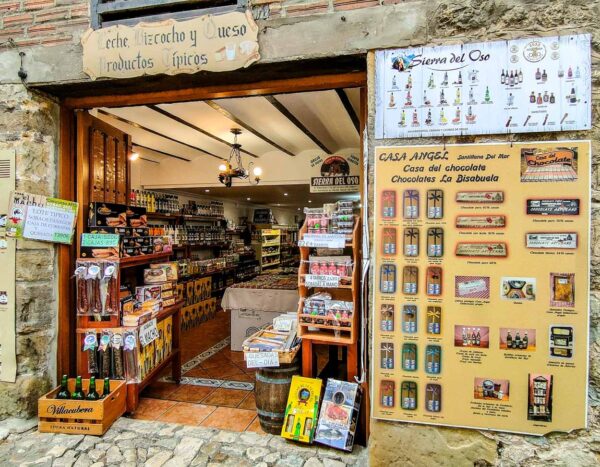
What to eat in Santillana del Mar
Finally, I don't want to stop making a gastronomic note.
From the experience of my various visits to Santillana del Mar, I can assure you that it is an ideal place to enjoy local specialties such as Mountain stew, Fish from the nearby coast and anchovies.
And regarding the desserts, in addition to the Cantabrian cheeses, don't miss the opportunity to try the cheese or rub your pasiegos.
Oh, and if you like nun sweets, you have them in the Convent of San Ildefonso, located at the entrance to the historic center, where you can buy pastries of the Poor Clares.
Map: how to get to Santillana del Mar
Santillana del Mar It is only half an hour away by car, west of the city of Santander, and next to the museum and Neocueva de Altamira.
Photos of Santillana del Mar
Here you have more photos of the most beautiful monuments and corners of Santillana del Mar.


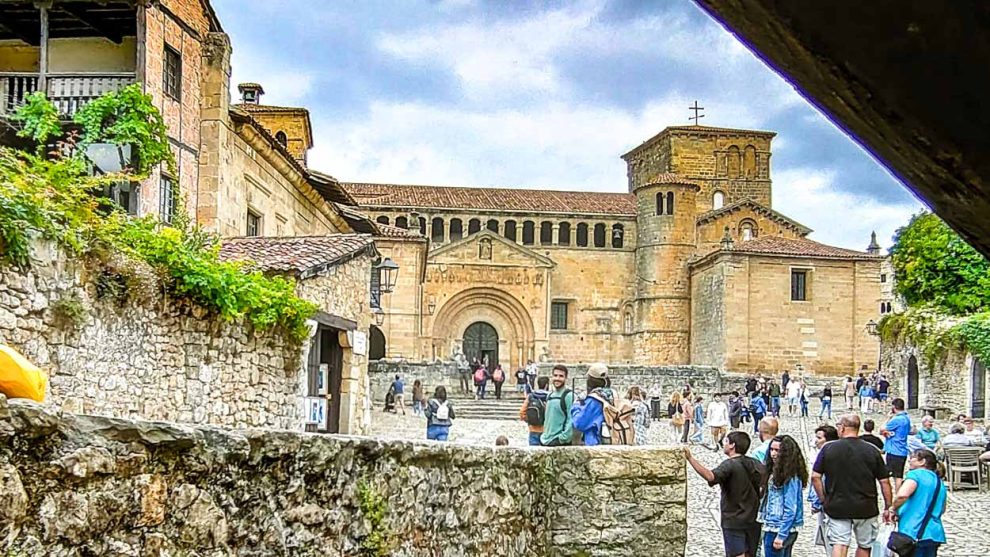
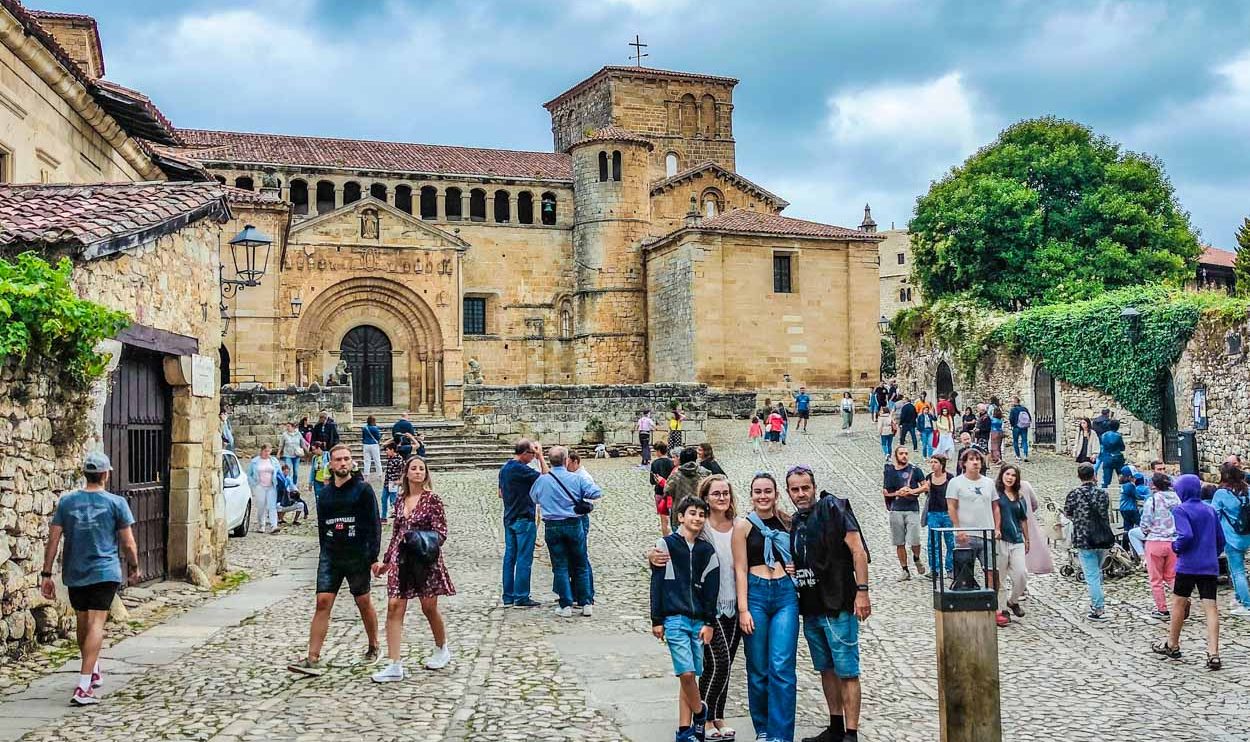
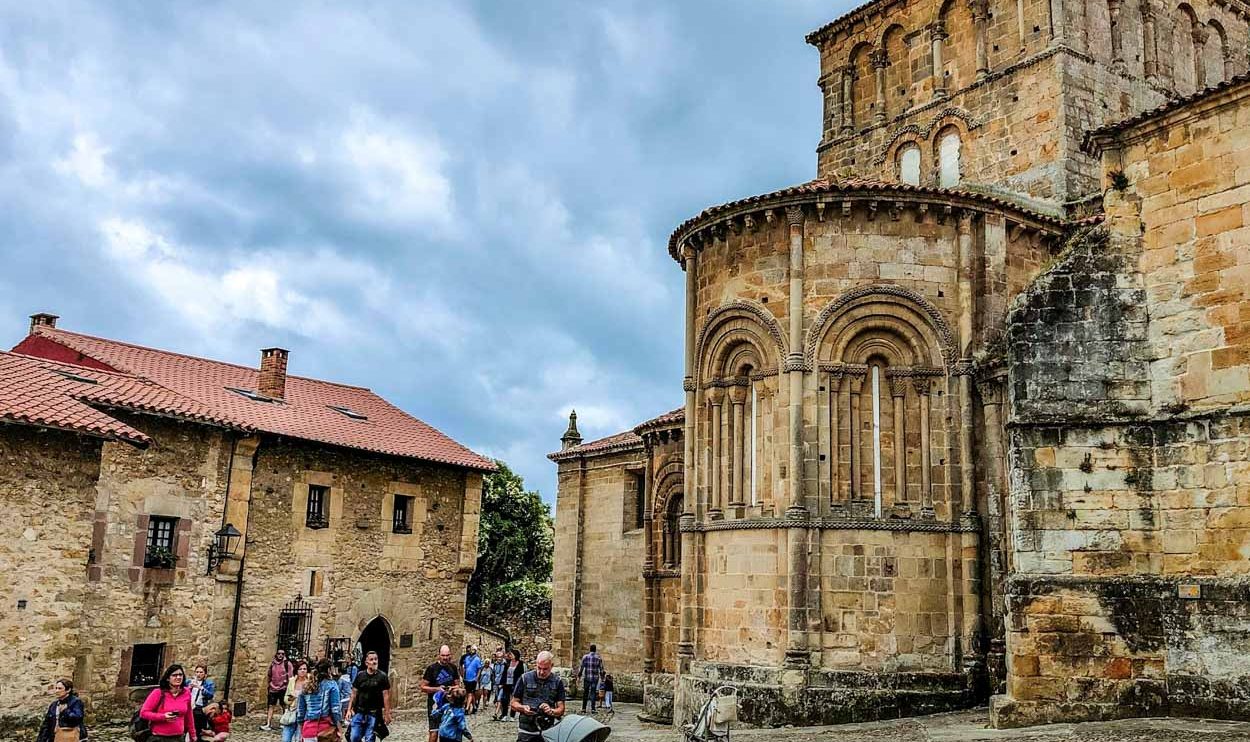
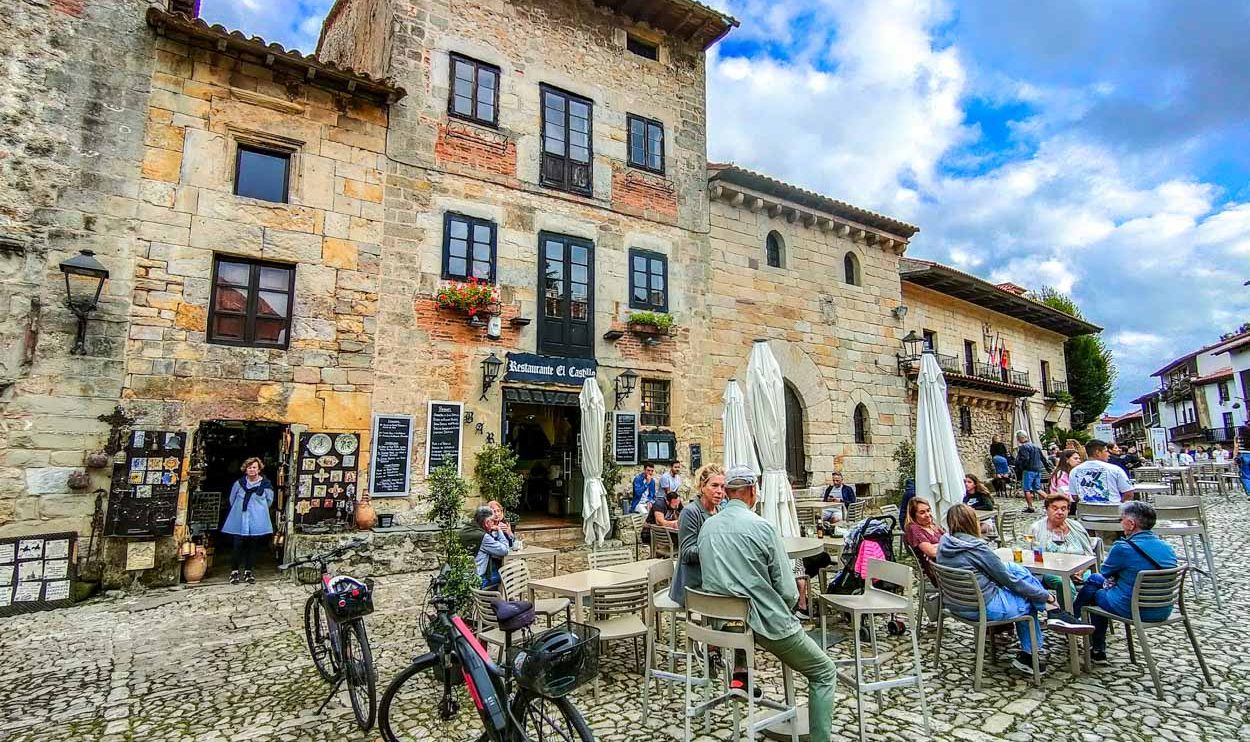
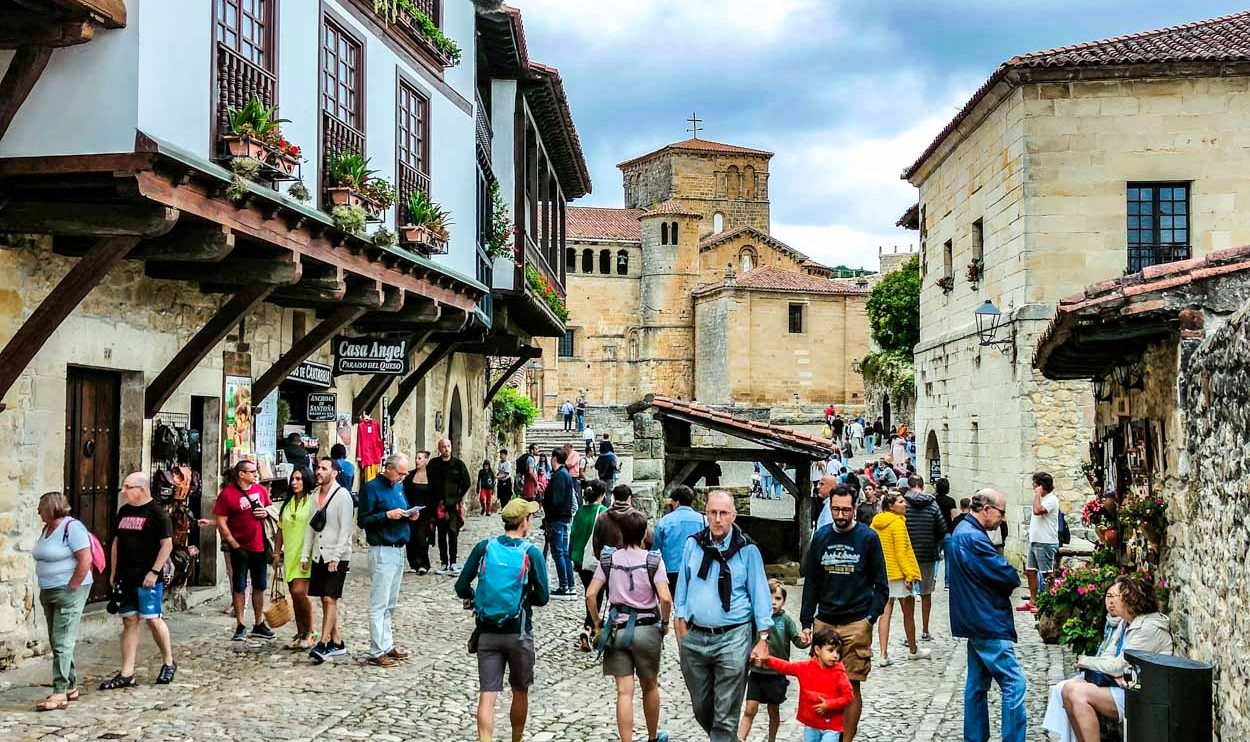
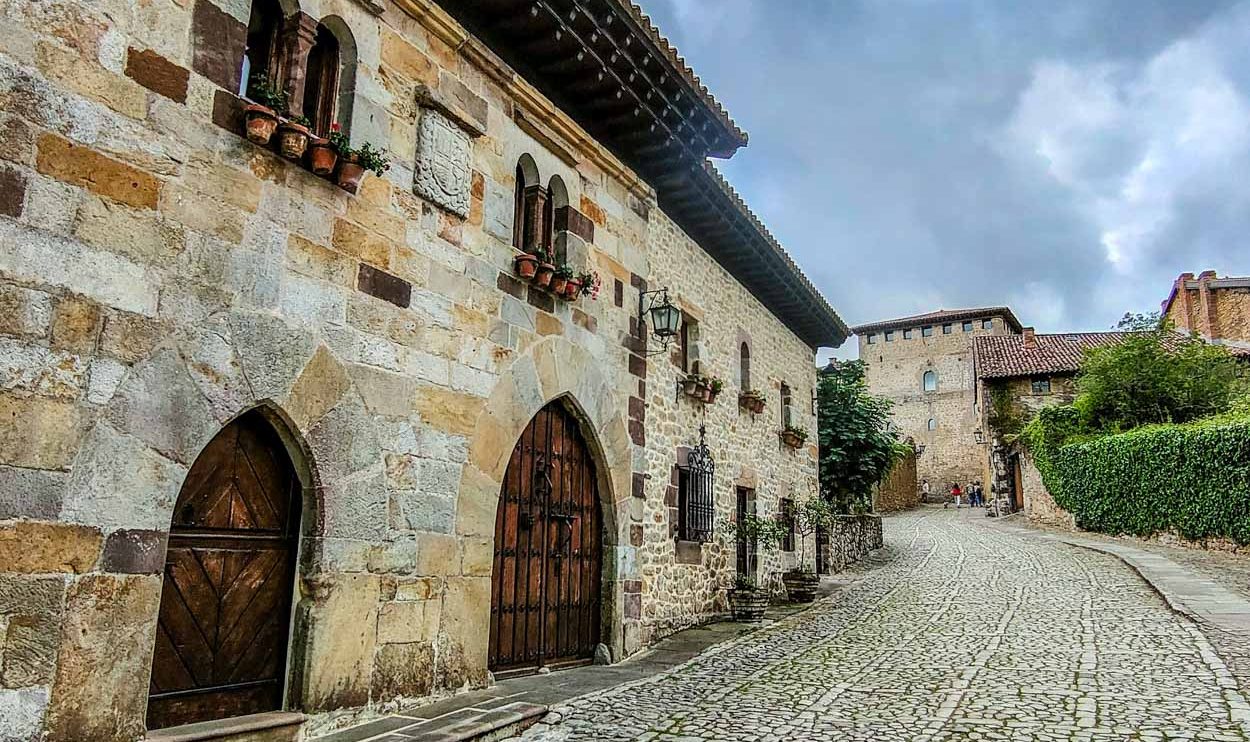
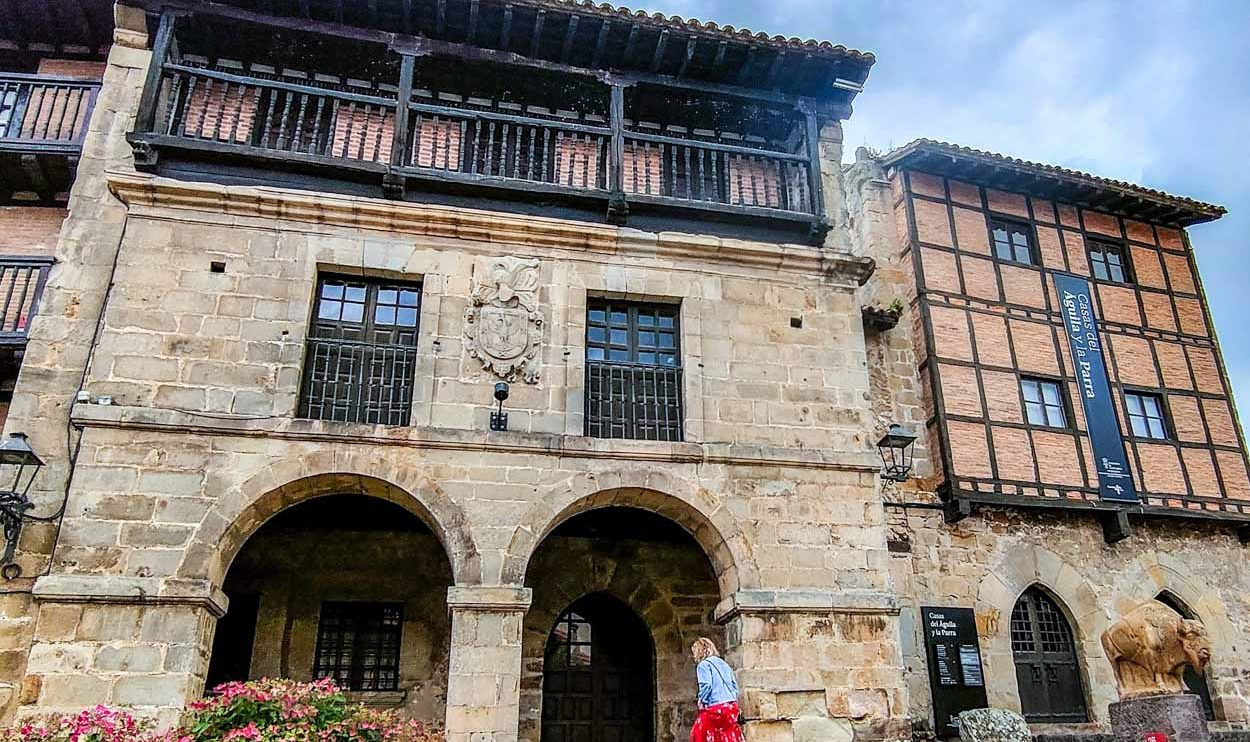

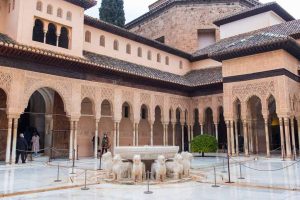
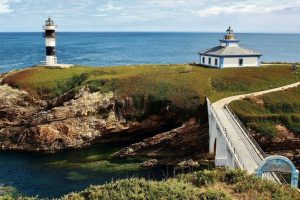











Comment